| Weight | 1 lbs |
|---|---|
| Dimensions | 9 × 5 × 2 in |
| host | mouse |
| isotype | IgG |
| clonality | monoclonal |
| concentration | concentrate, predilute |
| applications | IHC |
| reactivity | human |
| available size | 0.1 mL, 0.5 mL, 1 mL concentrated, 7 mL prediluted |
rabbit anti-Arginase-1 monoclonal antibody (ZR368) 6024
Price range: $160.00 through $528.00
Antibody summary
- Rabbit monoclonal to Arginase-1
- Suitable for: Immunohistochemistry (formalin-fixed, paraffin-embedded tissues)
- Reacts with: Human
- Isotype:IgG
- Control: Liver
- Visualization: Cytoplasmic
- 0.1, 0.5, 1.0 mL concentrated, 7 mL prediluted
rabbit anti-Arginase-1 monoclonal antibody ZR368 6024
| target relevance |
|---|
| Protein names Arginase-1 (EC 3.5.3.1) (Liver-type arginase) (Type I arginase) |
| Gene names ARG1,ARG1 |
| Protein family Arginase family |
| Mass 34735Da |
| Function FUNCTION: Key element of the urea cycle converting L-arginine to urea and L-ornithine, which is further metabolized into metabolites proline and polyamides that drive collagen synthesis and bioenergetic pathways critical for cell proliferation, respectively; the urea cycle takes place primarily in the liver and, to a lesser extent, in the kidneys. {ECO:0000305}.; FUNCTION: Functions in L-arginine homeostasis in nonhepatic tissues characterized by the competition between nitric oxide synthase (NOS) and arginase for the available intracellular substrate arginine. Arginine metabolism is a critical regulator of innate and adaptive immune responses. Involved in an antimicrobial effector pathway in polymorphonuclear granulocytes (PMN). Upon PMN cell death is liberated from the phagolysosome and depletes arginine in the microenvironment leading to suppressed T cell and natural killer (NK) cell proliferation and cytokine secretion (PubMed:15546957, PubMed:16709924, PubMed:19380772). In group 2 innate lymphoid cells (ILC2s) promotes acute type 2 inflammation in the lung and is involved in optimal ILC2 proliferation but not survival (By similarity). In humans, the immunological role in the monocytic/macrophage/dendritic cell (DC) lineage is unsure. {ECO:0000250|UniProtKB:Q61176, ECO:0000269|PubMed:15546957, ECO:0000269|PubMed:16709924, ECO:0000269|PubMed:19380772}. |
| Catalytic activity CATALYTIC ACTIVITY: Reaction=L-arginine + H2O = urea + L-ornithine; Xref=Rhea:RHEA:20569, ChEBI:CHEBI:15377, ChEBI:CHEBI:16199, ChEBI:CHEBI:32682, ChEBI:CHEBI:46911; EC=3.5.3.1; Evidence={ECO:0000269|PubMed:16141327, ECO:0000269|PubMed:17562323, ECO:0000269|PubMed:21728378}; |
| Pathway PATHWAY: Nitrogen metabolism; urea cycle; L-ornithine and urea from L-arginine: step 1/1. {ECO:0000305|PubMed:16141327}. |
| Subellular location SUBCELLULAR LOCATION: Cytoplasm {ECO:0000269|PubMed:16141327}. Cytoplasmic granule {ECO:0000269|PubMed:15546957}. Note=Localized in azurophil granules of neutrophils (PubMed:15546957). {ECO:0000269|PubMed:15546957}. |
| Tissues TISSUE SPECIFICITY: Within the immune system initially reported to be selectively expressed in granulocytes (polymorphonuclear leukocytes [PMNs]) (PubMed:15546957). Also detected in macrophages mycobacterial granulomas (PubMed:23749634). Expressed in group2 innate lymphoid cells (ILC2s) during lung disease (PubMed:27043409). {ECO:0000269|PubMed:15546957, ECO:0000269|PubMed:23749634}. |
| Structure SUBUNIT: Homotrimer (PubMed:16141327, PubMed:17469833, PubMed:17562323, PubMed:18802628, PubMed:2241902). Interacts with CMTM6 (PubMed:28813417). {ECO:0000269|PubMed:16141327, ECO:0000269|PubMed:17469833, ECO:0000269|PubMed:17562323, ECO:0000269|PubMed:18802628, ECO:0000269|PubMed:2241902, ECO:0000269|PubMed:28813417}. |
| Involvement in disease DISEASE: Argininemia (ARGIN) [MIM:207800]: A rare autosomal recessive disorder of the urea cycle. Arginine is elevated in the blood and cerebrospinal fluid, and periodic hyperammonemia occurs. Clinical manifestations include developmental delay, seizures, intellectual disability, hypotonia, ataxia and progressive spastic quadriplegia. {ECO:0000269|PubMed:1463019, ECO:0000269|PubMed:22959135, ECO:0000269|PubMed:23859858, ECO:0000269|PubMed:7649538}. Note=The disease is caused by variants affecting the gene represented in this entry. |
| Target Relevance information above includes information from UniProt accession: P05089 |
| The UniProt Consortium |
Data
Publications
| pmid | title | authors | citation |
|---|---|---|---|
| We haven't added any publications to our database yet. | |||
Protocols
| relevant to this product |
|---|
| IHC |
Documents
| # | SDS | Certificate | |
|---|---|---|---|
| Please enter your product and batch number here to retrieve product datasheet, SDS, and QC information. | |||
Only logged in customers who have purchased this product may leave a review.
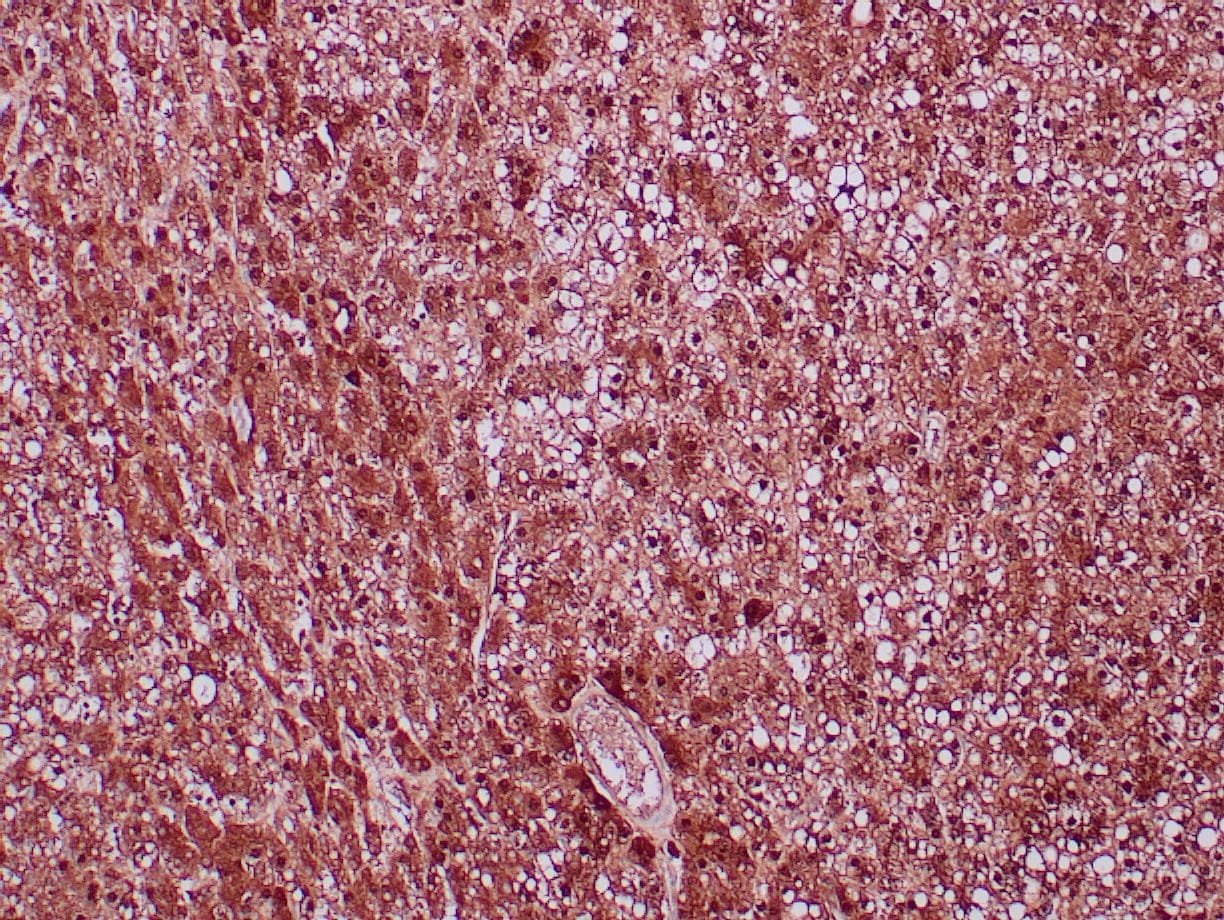

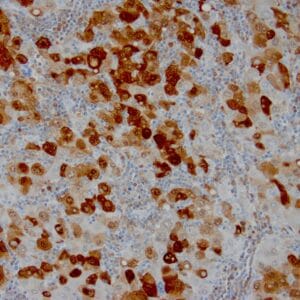
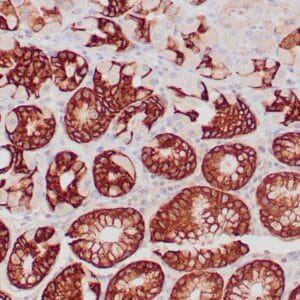

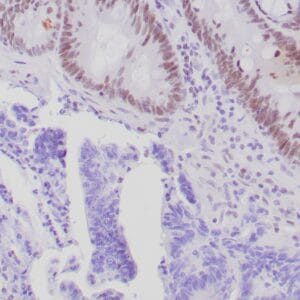


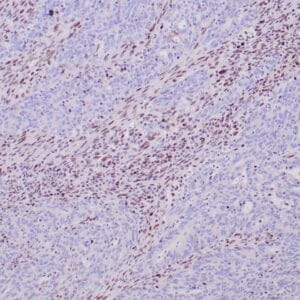
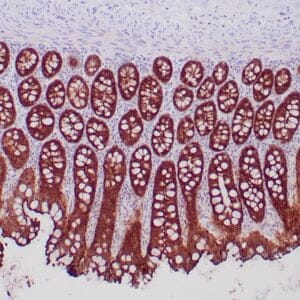
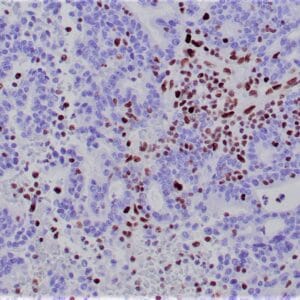
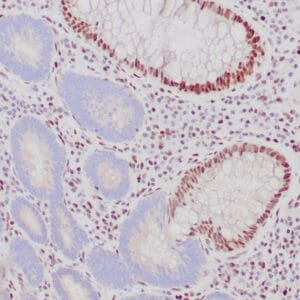
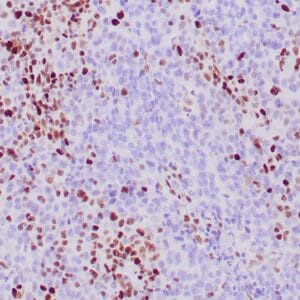

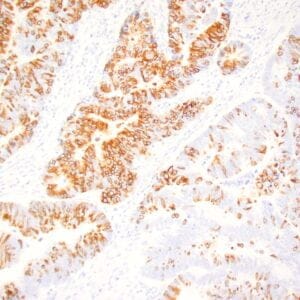

Reviews
There are no reviews yet.